Three Factors to Become a Ruler of Japan
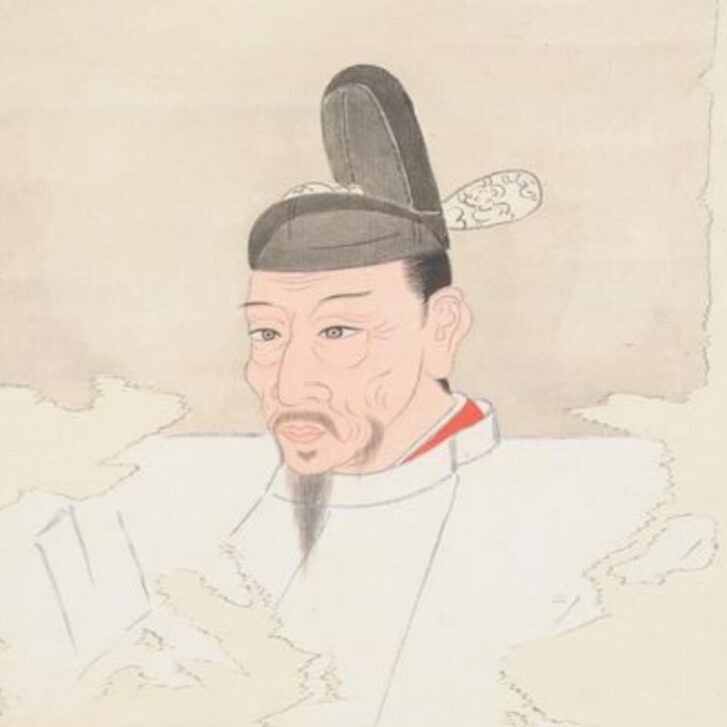
@都城島津邸
(1) Win without fighting: During a turbulent age of nearly 100 years, Toyotomi Hideyoshi (1537-1598, 豊臣秀吉) became a great unifier of Japan with his excellence in military prowess and his clever strategy of winning without fighting. His famous strategies are stratagems to switch the enemies to his side, starving castles, and flooding castles. He incorporated powerful federal lords over the country into his allies one by one.
(2) Charismatic charm: Hideyoshi was good at winning the hearts and minds of the people. This was not only for his vassals but also for his family. He cared a lot for them by sending his autograph letters, which were about 7,000 in total.
(3) Seizing the opportunity: In 1582, the turning point of his life arrived. Hideyoshi's lord, Oda Nobunaga (1534-1582, 織田信長), was killed by Akechi Mitsuhide just one step away from unifying the country. He seized the opportunity to succeed in inheriting the position of Nobunaga’s successor by the prompt defeat of Mitsuhide. Afterward, he was quickly off the mark to become almost the ruler of Japan.
Hideyoshi Ruled Japan as a Kanpaku
However, in 1584, he was unable to win against Nobunaga’s allied Tokugawa Ieyasu (1543-1616, 徳川家康) at the Battle of Komaki and Nagakute. Consequently, he approached Ieyasu by all possible means - sending his mother to Ieyasu as a hostage - to make him become his vassal. The following year, Hideyoshi was appointed as a Kanpaku (chief adviser to the Emperor) and effectively governed Japan by leveraging the authority of the emperors and the imperial court. However, it remains uncertain why Hideyoshi did not assume the title of shogun. One theory suggests that Hideyoshi sought to leverage the Emperor's influence as the Kanpaku to become the supreme leader of all samurai because he could not defeat Ieyasu militarily. Another theory suggests that Hideyoshi probably disliked the title of the shogun because he considered it a "relic of the past," particularly since Ashikaga Yoshiaki, the last shogun of the Muromachi shogunate, was still alive. Around that time, he built a relationship with a tea master, Sen-no-Rikyu, to get his advice on the tea culture and also the politics. In 1590, surrounded by Hideyoshi's 220,000-strong army, including Date Masamune, who rushed to Odawara at the end, the Hojo clan surrendered Odawara Castle to Hideyoshi. Here, Hideyoshi's unification of Japan was accomplished. Soon, he took a real look at foreign countries, and in 1591, he sent a letter to the governor of the Portuguese-ruled state in India to proclaim a ban on Christianity to avoid Western countries’ colonization. In addition, he intended to conquer Ming and invade Korea. After his troops drew off from Korea to Japan, he held his final cherry blossom viewing party at Daigoji Temple and then passed away while entrusting his little son, Hideyori, to Ieyasu at the age of 61.
Toyotomi Hideyoshi Map
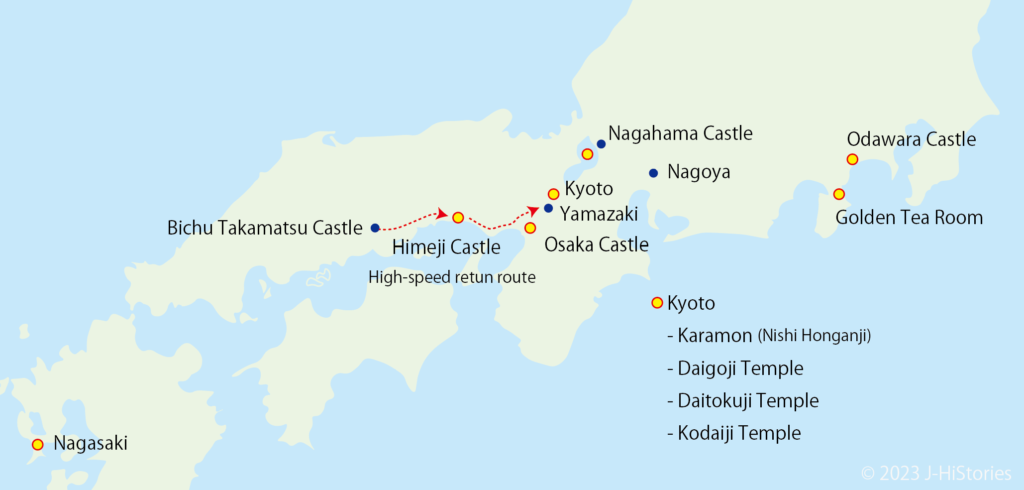
Notable Sites
Osaka Castle
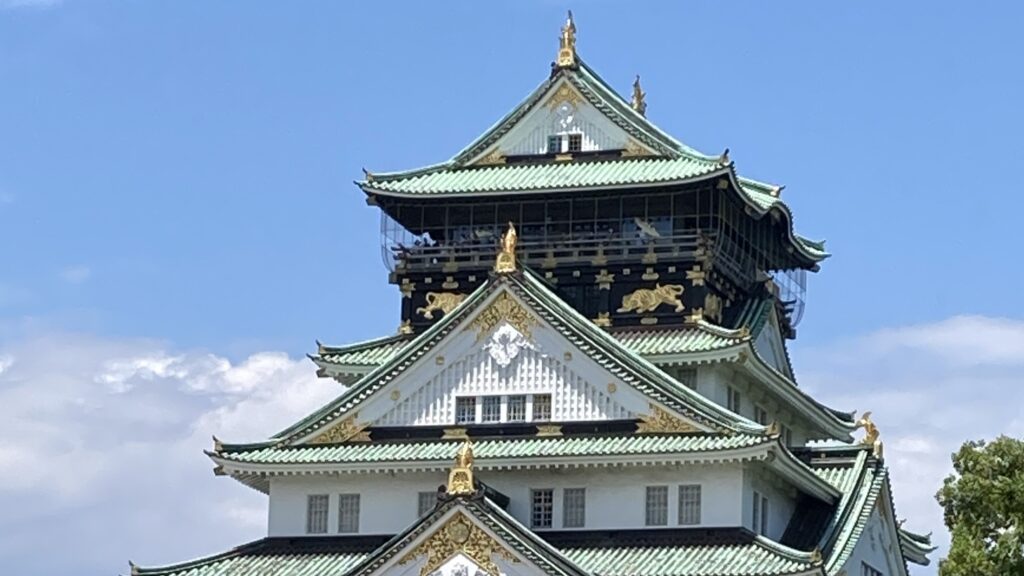
Osaka Castle, a Prime Strategic Position facing Osaka Bay. A splendid tower with a black plaster wall decorated with the gold tiger, and gilt roof tiles, that embody Hideyoshi's glory
Golden Tea Room & Taian
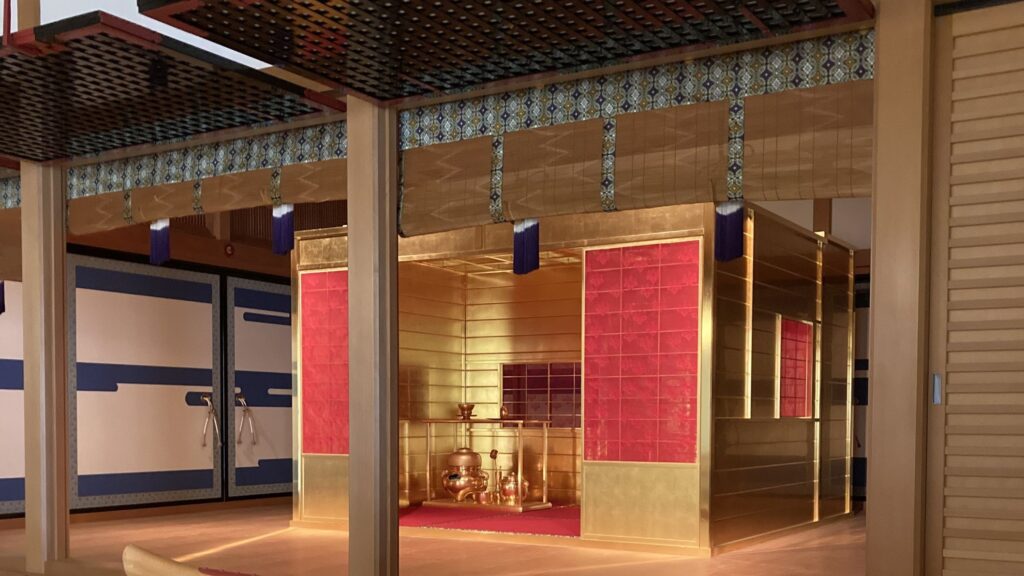
The Golden Tea Room, the walls, ceiling, and all, covered with gold leaf are turned scarlet. It's beyond just a gorgeous atmosphere. Hideyoshi held the Tea Ceremony for Emperor Ogimachi at the Imperial Palace.
Komaki & Nagakute Battlefield
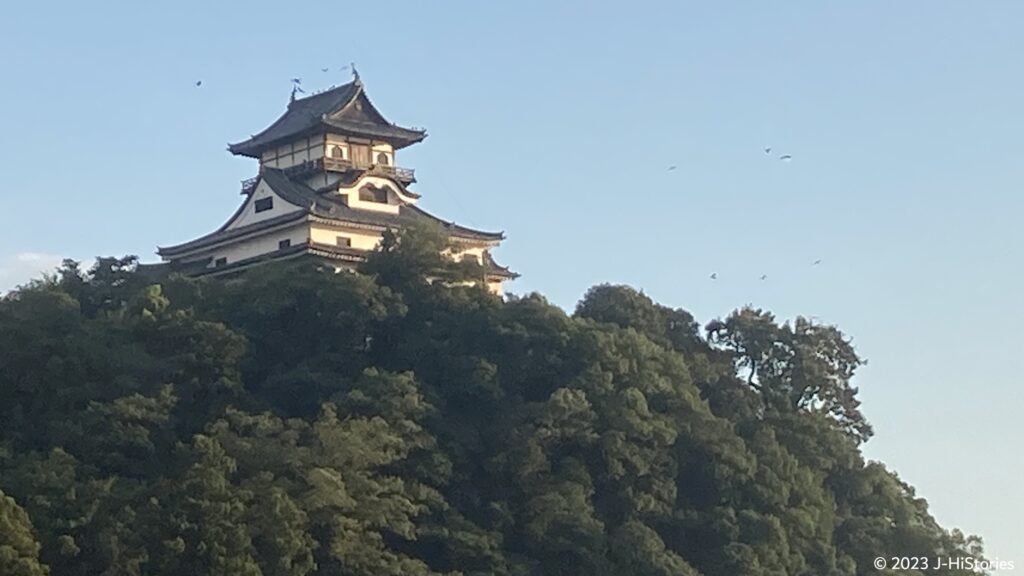
Only one battle between Hideyoshi and Ieyasu. Hideyoshi entered Inuyama Castle, vs Ieyasu entered Komakiyama Castle. Hideyoshi was unable to defeat Ieyasu.
Daigoji Temple

After enjoying the cherry blossom viewing party at Daigoji, Hideyoshi constructed a sophisticated garden for Emperor Goyozei for his visit.
Himeji Castle
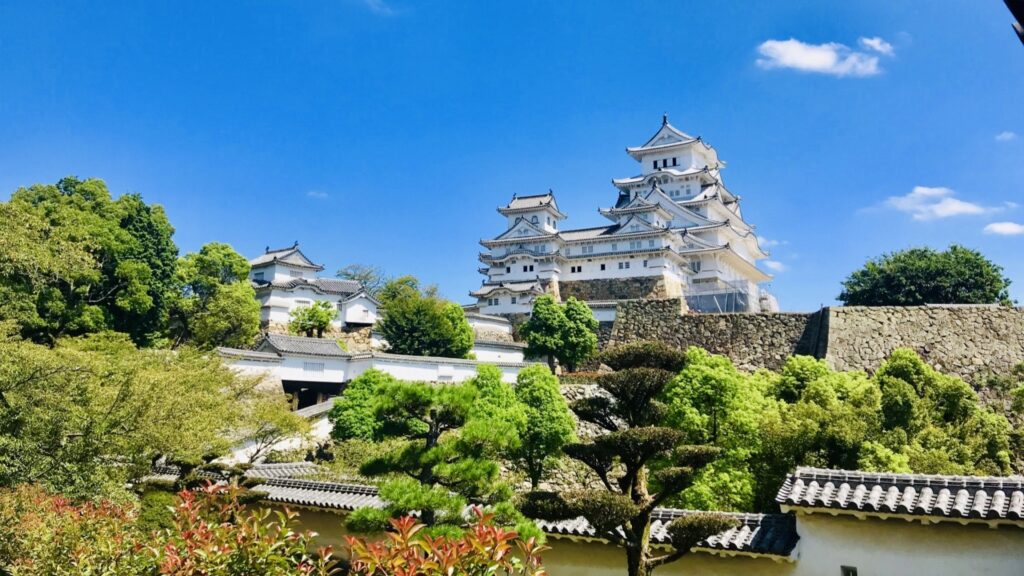
A World Heritage Site. Toyotomi Hideyoshi's supply base for troops on the way to a high-speed return to Kyoto to defeat Akechi Mitsuhide.
One-Eyed Dragon, Masamune
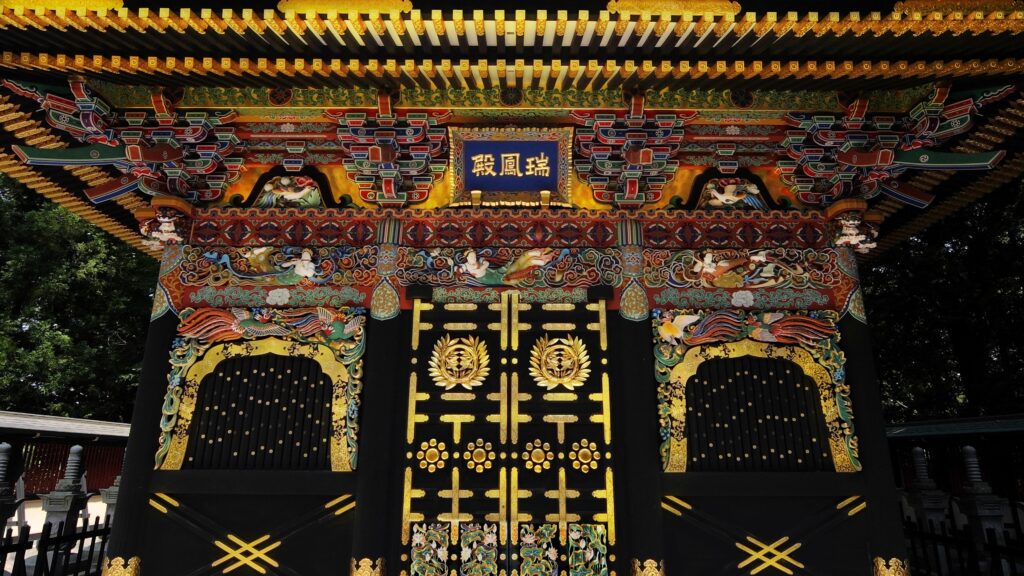
One-eyed Dragon, Date Masamune, overcame many hardships while confronting Hideyoshi and Ieyasu with his wisdom and ability. His soul has slept calmly at Zuihoden.
Karamon Gate
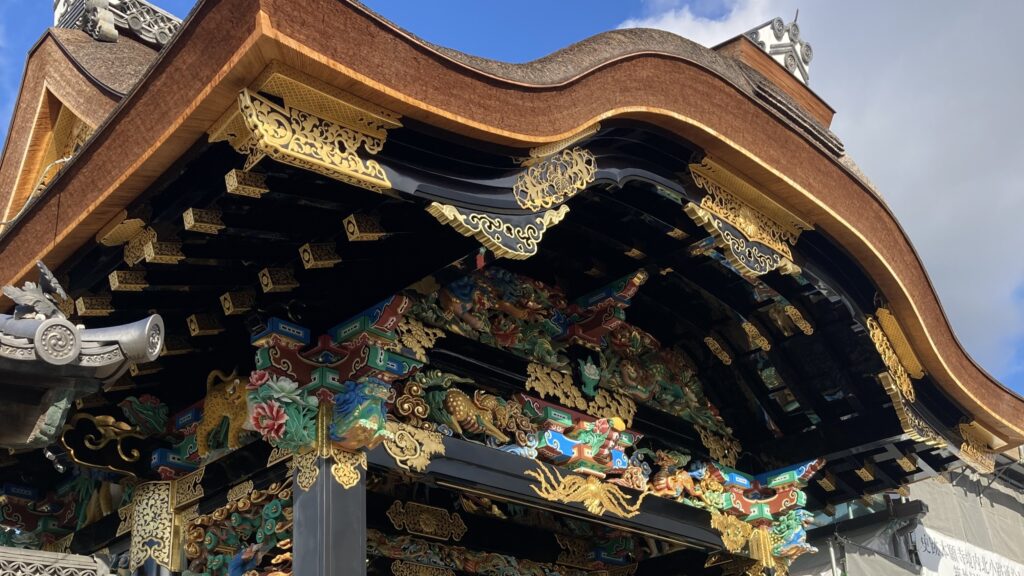
National treasures of the three Karamo Gates show the unifier lord, Hideyoshi’s authority at Nishi Honganji and Daitokuji temples, and the Hokoku shrine in Nagasaki Churches
Odawara Castle

The pioneer and the last Sengoku Daimyo (territorial warlord), the Hojo Clan's residence in the Kanto region for 100 years. How to expand the territory and why surrender? (Source: Odawara City /小田原市)
Nagasaki Churches
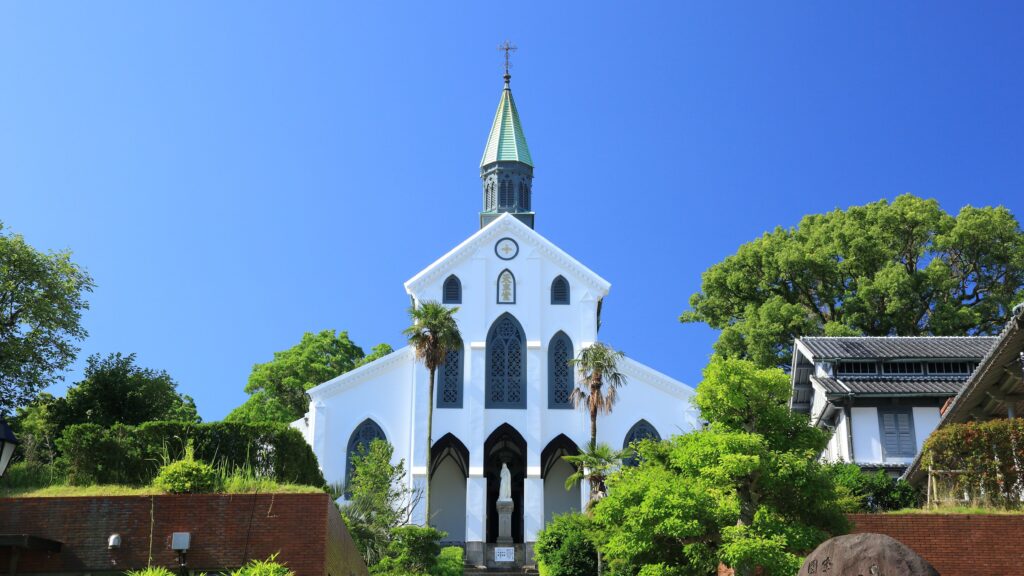
Oura Church - National treasure, Nagasaki prospered for a century as a trading port with Spain and Portugal, and as a Christian missionary center in the 16th century
Toyotomi Hideyoshi Timeline
| 1336 | Ashikaga Takauji estabilished Muromachi Shogunate | - | Muromachi Period |
| 1467 | Onin War started (- 1477) | - | |
| 1537 | Hideyoshi was born in Nagoya | Age=1 | |
| 1554 | Hideyoshi started to work under Nobunaga | 16 | |
| 1573 | Muromachi Shogunate ended by the 15th Shogun, Yoshiaki was ousted by Nobunaga | 36 | Azuchi Momoyama Period |
| 1577 | Hideyoshi started to conquer the Estern Japan by Nobunaga's order | 40 | |
| 1582 | Nobunaga was killed at Honnoji by Akechi Mitsuhide | 45 | |
| 1582 | Hideyoshi defeated Akechi Mitsuhide | 45 | |
| 1582 | Rikyu became a tea master of Hideyoshi | 45 | |
| 1585 | Hideyoshi issued Sobuji-rei | 48 | |
| 1586 | Hideyoshi held the tea ceremony for Emperor Ogimachi, bringing the Golden Tea Room | 49 | |
| 1586 | Hideyoshi built the huge Osaka castle | 49 | |
| 1587 | Hideyoshi built the huge Osaka castle | 50 | |
| 1587 | Hideyoshi held Kitanotenmangu shrine tea ceremony | 50 | |
| 1590 | Hideyoshi spearhead army to attack Hojo clan | 53 | |
| 1590 | Hojo surrendered Odawara Castle to Hideyoshi | 53 | |
| 1590 | Ieyasu moved to Edo according to Hideyoshi's order | 53 | |
| 1590 | Hideyoshi unified the nation | 53 | |
| 1591 | Rikyu Hara-Kiri | 54 | |
| 1592 | Bunroku war, the invasion of Korea | 55 | |
| 1594 | Hideyoshi built the Fushimi Castle | 57 | |
| 1597 | Keicho war, the invasion of Korea | 60 | |
| 1597 | Hideyoshi removed Christian missonaries from Japan and executed 26 Chrisians | 60 | |
| 1598 | Hideyoshi enjoyed the cherry blossom viewing at Daigoji Temple | 61 | |
| 1598 | Hideyoshi passed away | 61 | |
| 1600 | Tokugawa Ieyasu defeated Ishida Mitsunari, Hideyoshi's right arm at the battle of Sekigahara | - | |
| 1603 | Ieyasu estabished Tokugawa Shogunate at Edo | - | Edo |
| 1603 | Ieyasu built Nijo-jo Caslte | - | |
| 1607 | The first Korean envoy came to Edo | - | |
| 1614 | The Winter Siege of Osaka | - | |
| 1615 | Toyotomi's Osaka Castle burnt down to the ground at the Summer Siege of Osaka | - |
